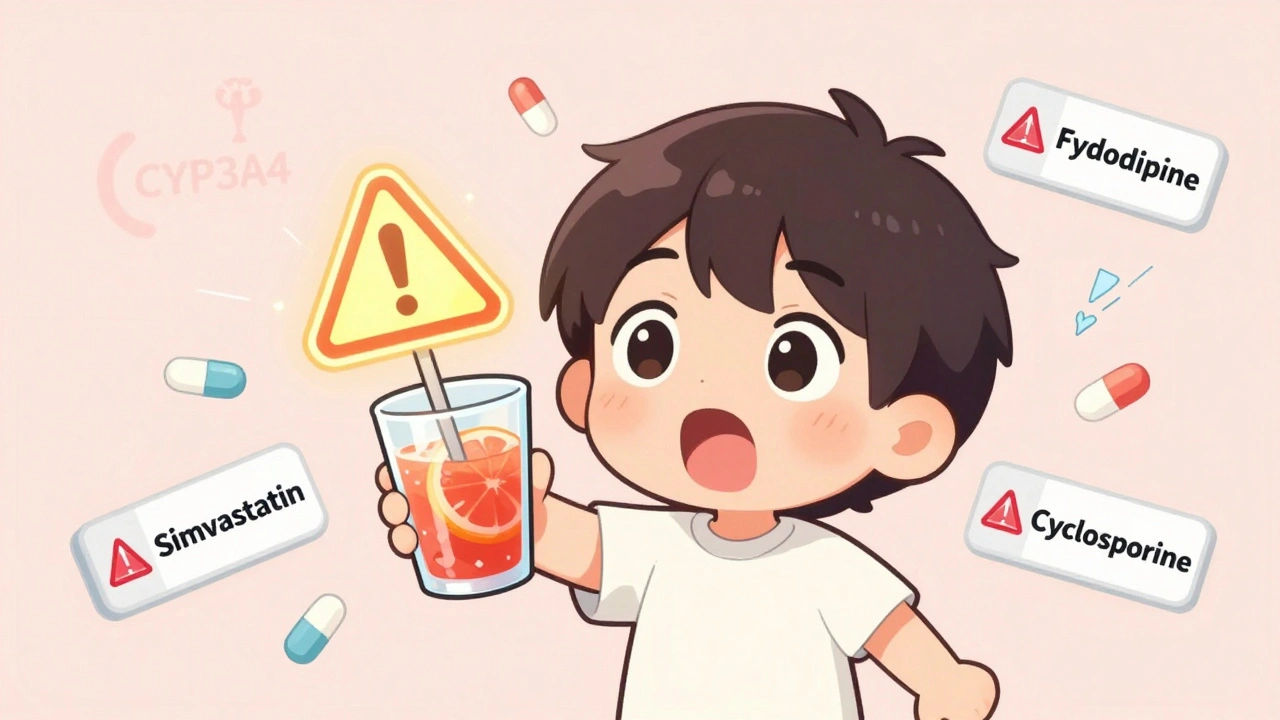Side Effects: What They Are and How to Deal With Them
Ever taken a pill and noticed a weird taste, an upset stomach, or a sudden headache? That’s a side effect – an unwanted reaction that shows up alongside the intended benefit of a drug. Side effects are a normal part of taking medication, but they can catch you off guard if you aren’t prepared.
Most medicines cause at least a mild reaction in some people. The body’s response depends on the drug’s chemistry, your health, and even how you take it. Knowing the basics helps you spot problems early and avoid unnecessary anxiety.
Typical side effects you might notice
Here are the most common kinds of reactions you’ll run into:
- Gastrointestinal upset – nausea, diarrhea, or stomach pain often show up with antibiotics, NSAIDs, and many supplements.
- Drowsiness or fatigue – antihistamines, certain painkillers, and muscle relaxants can make you feel sleepy.
- Headaches – a frequent complaint with blood pressure meds, hormonal treatments, and some vitamins.
- Skin changes – rash, itching, or mild redness can appear after taking antibiotics, steroids, or even herbal extracts.
- Dry mouth or thirst – common with anticholinergic drugs, some antihypertensives, and certain antidepressants.
Most of these effects are mild and fade as your body adapts. However, if a reaction feels severe or lasts longer than a few days, it deserves a closer look.
How to handle side effects safely
First, read the patient information leaflet. It lists the most likely side effects and tells you when to call a doctor. If you notice something unexpected, try these steps:
- Check timing – Did the symptom start right after you took the medication? Timing clues can point to the cause.
- Adjust how you take it – Some drugs are easier on the stomach when taken with food, others need an empty stomach.
- Stay hydrated – Plenty of water can lessen dry mouth, help kidneys clear the drug faster, and reduce constipation.
- Talk to a pharmacist – They can suggest over‑the‑counter remedies, like antacids for stomach upset, without risking interactions.
- Contact your prescriber – If symptoms are intense (like trouble breathing, swelling, or a rapid heartbeat), stop the drug and seek medical help immediately.
Never quit a medication without checking with a health professional. Stopping abruptly can cause withdrawal symptoms or a rebound of the condition you were treating.
Keeping a simple side‑effect log can be a lifesaver. Note the drug name, dose, when you took it, and what you felt. Bring this list to your next appointment; it gives the doctor concrete information to adjust your treatment.
Remember, side effects are a sign that your body is reacting. Most of the time they’re manageable, and with the right knowledge you can stay safe while getting the benefits of your medication.






